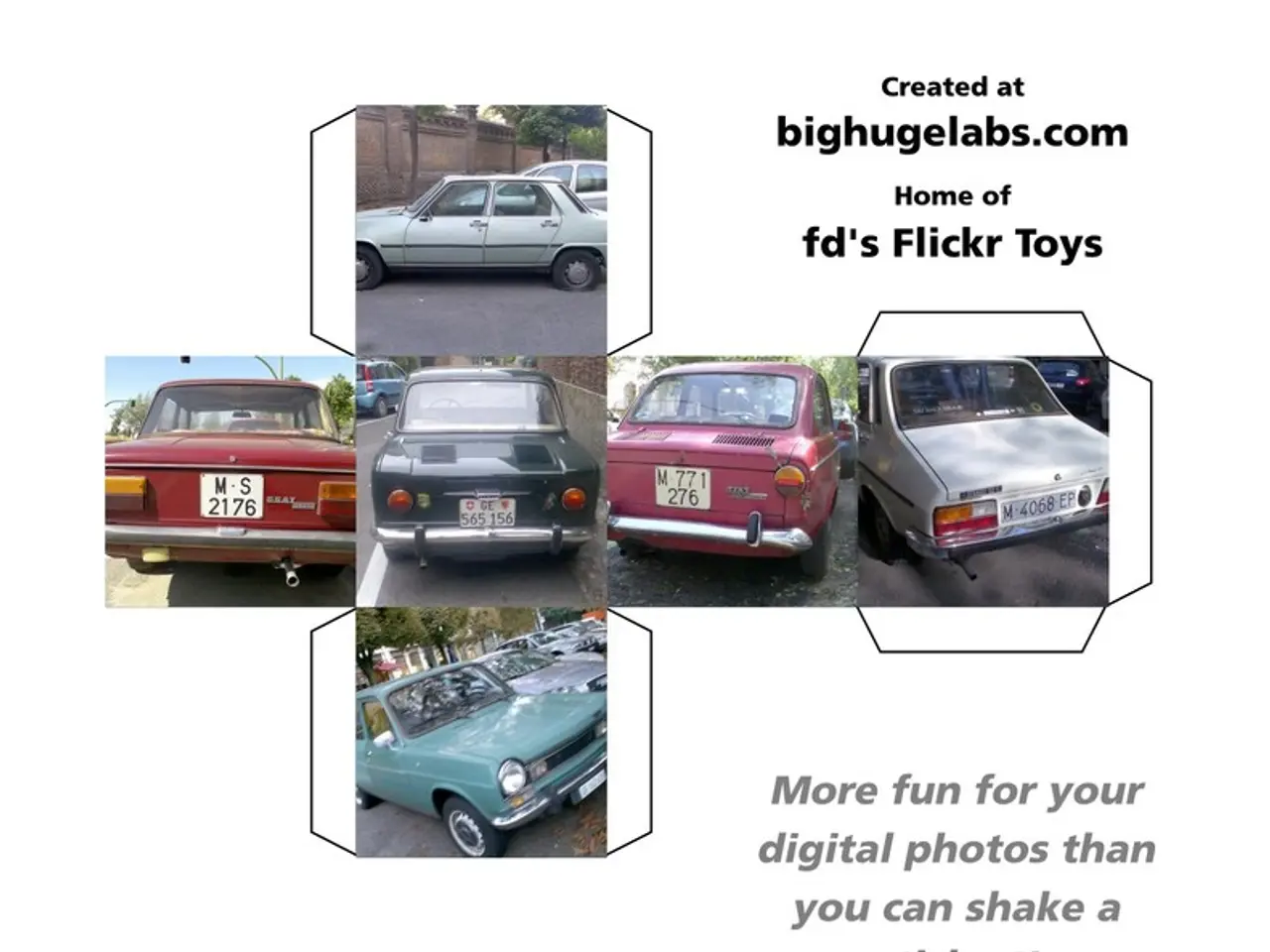Vehicles of Significant Height and High Speeds Enhance Danger for Pedestrians
In a recent study conducted by the Insurance Institute for Highway Safety (IIHS), it has been revealed that vehicle speed plays a significant role in pedestrian safety. The research highlights the need for policymakers to carefully consider this factor when setting speed limits and designing urban environments with pedestrian safety in mind.
According to the study, at 20 mph, the risk of death for a pedestrian is 1%, but by 35 mph, the chances skyrocket to 19%. This suggests that even small increases in vehicle speed significantly increase the risk of serious injury or worse to pedestrians.
One of the key findings of the study is that U.S. pedestrians are at a greater risk of harm at lower speeds compared to their European counterparts. This is primarily due to the prevalence of taller vehicles on American roads. In contrast to Europe, where passenger cars still dominate, the majority of passenger vehicles on U.S. roads today are SUVs or pickups.
The relationship between vehicle speed and injury risk is more dangerous when the vehicle has a taller front end. Taller vehicles, such as SUVs and pickups, increase the risk of both moderate and serious pedestrian injuries. In a crash at 27 mph, a pickup truck has an 83% chance of causing moderate injuries and a 62% chance of causing serious injuries.
The shift towards taller vehicles in the U.S. has resulted in a higher risk for pedestrians, even at lower speeds. U.S. pedestrians are more likely to be injured at all speeds compared to their European counterparts, primarily due to the greater number of SUVs and pickups on American roads.
IIHS President David Harkey stated that this study is a vivid illustration of how multiple factors - speed and vehicle height - converge to create negative outcomes on the road. He emphasized that reducing vehicle speeds in urban areas is an effective strategy for protecting pedestrians. Approaches include traffic calming devices such as speed humps, stop signs, lower speed limits, and speed safety cameras, all shown to reduce speeding and thereby pedestrian injuries.
Creating physical separations like sidewalks and bike lanes further enhances pedestrian safety by reducing vehicle-pedestrian conflicts. The study also suggests that addressing both vehicle design and speed limits is crucial for reducing pedestrian injuries and fatalities in the years to come.
Modifying vehicle front-end designs to make them less hazardous to pedestrians, as well as equipping vehicles with advanced automatic emergency braking systems, could significantly improve safety. However, the IIHS results do not detail the effect of vehicle height on pedestrian injury severity in this particular study.
In conclusion, the IIHS study underscores the critical importance of managing vehicle speeds and roadway design to protect vulnerable road users like pedestrians. The findings highlight that higher vehicle speeds dramatically increase the risk of severe pedestrian injuries or fatalities, and reducing speeds via engineering and enforcement lowers crash severity and enhances pedestrian safety. Multimodal roadway design that separates pedestrians from vehicles also contributes to safer outcomes. These findings underscore the urgent need for policymakers to consider the growing number of taller vehicles when setting speed limits and designing urban environments with pedestrian safety in mind.
[1] IIHS (2021). "Speed and pedestrian safety: IIHS study finds higher speeds increase the risk of severe injuries". Retrieved from https://www.iihs.org/news/pr/speed-and-pedestrian-safety-iihs-study-finds-higher-speeds-increase-the-risk-of-severe-injuries [2] IIHS (2020). "Speeding and pedestrian safety". Retrieved from https://www.iihs.org/topics/speeding-and-pedestrian-safety
The IIHS study reveals that higher vehicle speeds significantly increase the risk of severe pedestrian injuries or fatalities, suggesting the need for policymakers to consider vehicle speed when setting speed limits and designing urban environments with pedestrian safety in mind [1]. The study also highlights the impact of vehicle design, as taller vehicles, such as SUVs and pickups, increase the risk of moderate and serious pedestrian injuries [2]. As a result, altering vehicle front-end designs to make them less hazardous to pedestrians, and equipping vehicles with advanced automatic emergency braking systems may significantly improve safety [1]. To further protect pedestrians, engineering strategies like traffic calming devices, lower speed limits, speed safety cameras, sidewalks, and bike lanes to reduce vehicle-pedestrian conflicts are recommended [1]. Overall, this research underscores the importance of managing vehicle speeds, vehicle design, and roadway design to protect vulnerable road users like pedestrians.




